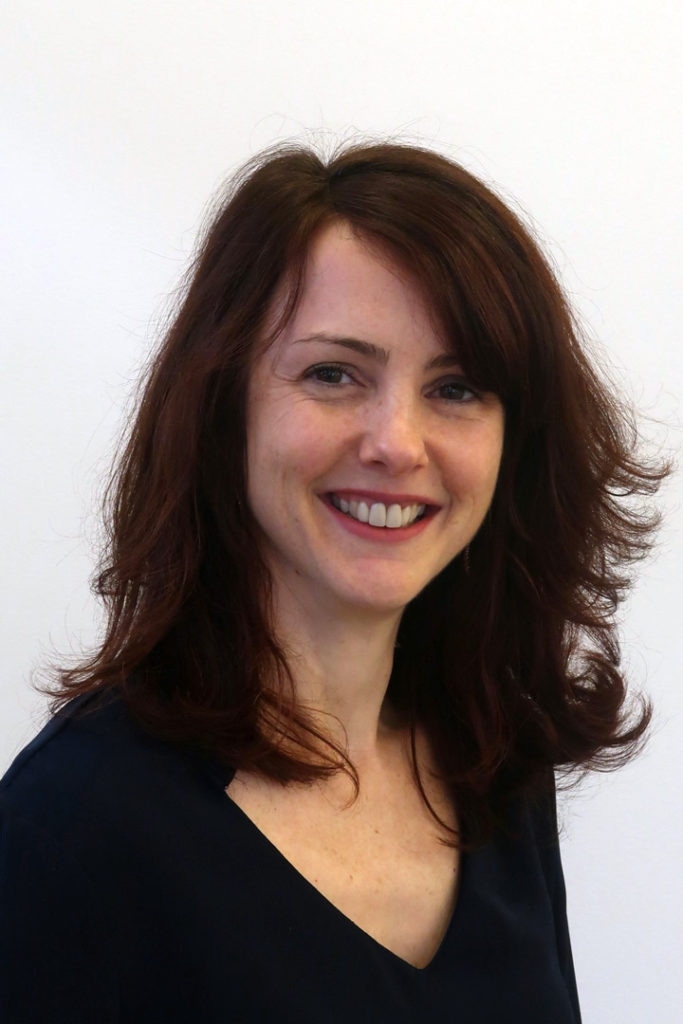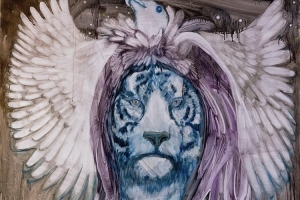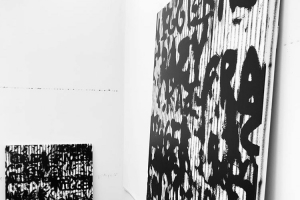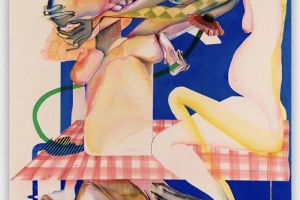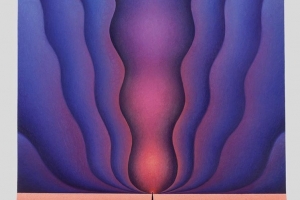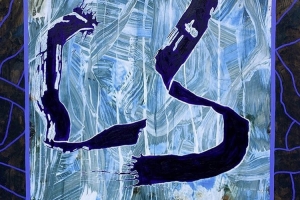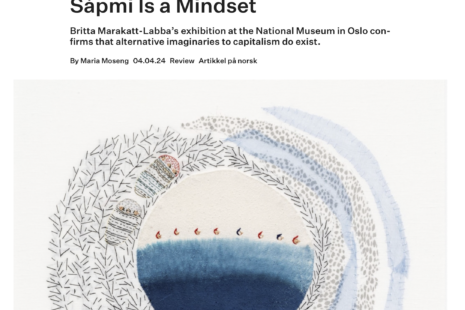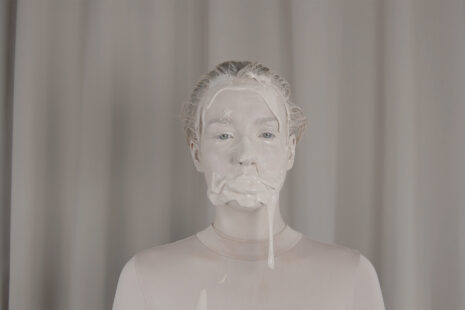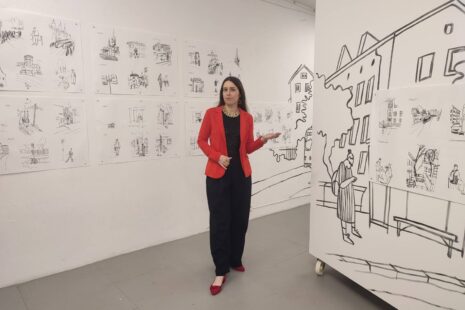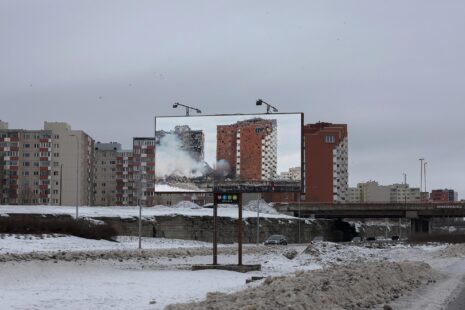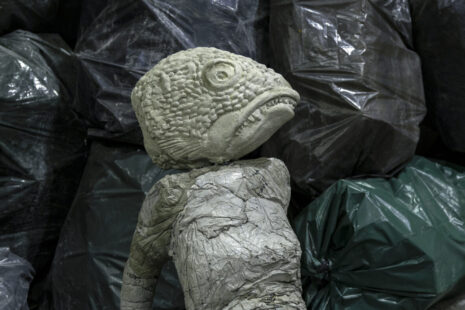You have been managing the Degree Exhibition at Konstfack University of Arts, Crafts and Design and are a Member of the Jury in Nordic and Baltic Young Artist Award (NBYAA). Why is it important to take part in that kind of events?
There are many valuable aspects. It is a great opportunity to increase one’s awareness about artists and to find emerging trends or patterns of interest in contemporary society they are exploring. It also leads to new dialogues and collaborations between people, institutions and of course countries.
Considering your previous experience, what kind of qualities in artworks are you looking for?
When I was researching the works via an online database, there were moments when I suddenly realized I had to know more about the work and the artist. The same thing happens when I’m present at an art exhibition.
So, in other words, when an artwork really motivates me to contemplate other topics or issues in society, it becomes more meaningful and memorable. Not all artworks have this quality.
While browsing the NBYAA candidates – do they “speak” the same way as their young colleagues in Sweden do?
I think there are definitely universal themes that are always present such as identity, politics or the environment, so in that sense, there is a similar discussion. In terms of media, and as you mention below, a lot of our students incorporate video, sound or performance in their works.
Art in its classical form and common sense is seen primarily as a two-dimensional painting. Graduates of art schools also use this the most according to the statistics of NBYAA – throughout 4 years 93 authors’ works are categorized as “painting”, followed by “installation” with 85 submissions. However, the award has rather gone to three-dimensional objects and spaces, not to paintings. What does it say about the trend of contemporary art when the focus is turning away from working with brushes and a palette? Is there a point to paint at all?
The format and presentation of contemporary art have expanded into many interesting directions and possibilities and artists always want to do something unique which I think is also tied to the fact that contemporary art, and we as the viewer, have succumbed to the notions of entertainment society where bigger is better. However, painting is still a very important, powerful and relevant medium of contemporary art which we can rely on for a different kind of subjective pleasure. I love painting and I follow several contemporary painters on Instagram!
Click on the images to see the names of painters Anne Klontz follows on Instagram
Is there the same kind of competitions/exhibitions like NBYAA in Scandinavia? How do local professionals keep themselves informed about what’s happening in the neighbourhood?
I’m not aware of any competitions that are similar to NBYAA, but within Konstfack we give awards to graduating students every year. The most efficient way to get information is still through Facebook events or via email. It’s good to be on mailing lists and connected to as many people as possible who are also working in the field.
And more precisely about Sweden – how do you support emerging artists? How closely are they related to other Scandinavian art students from Finland, Norway, Denmark, Iceland?
Well, beyond scholarships awarded within a university, there are several government grants that artists can apply for and a few institutions work with student groups to exhibit their works after they have graduated. It is a bit difficult to answer about the relation between different countries… I think it is an area where collaboration could be improved upon.
Which are the local and international channels to get fresh and adequate information about contemporary art events in Sweden – magazines, newscasts, websites etc?
Some of them with information in English include the Nordic Journal of Contemporary Art Kunstkritikk, the magazine for art Paletten and magazine for Nordic Architecture and Design Form.
And then the local newspapers Dagens Nyheter and Aftonbladet do great reviews on exhibitions in Swedish.
Please tell us about the most important art events happening in Sweden..
For 2019, I’m only aware of Göteborg International Biennial for Contemporary Art from September 7th to November 17th, and Accelerator, which is a new Konsthall and will open September 6th at Stockholm University.
And during 2020, there is always the graduate exhibitions such as Konstfack’s Degree Exhibition on 14-24 May, as well as international art fairs such as Market Art Fair and SuperMarket Art Fair which focuses on artist-run galleries.
… and about the most influential art institutions (museums, galleries) to visit?
My favourites, but not in any special order, are Moderna Museet, National Museum, Index The Swedish Contemporary Art Foundation, Mint konsthall, IASPIS The Swedish Arts Grants Committee’s International Program, Public Art Agency/Statens konstråd, Tensta konsthall, and Fotografiska.
Last but not least – why is art important to you, what does it give to you?
Art gives me inspiration both intellectually and emotionally.
Based on this, it also gives me direction and I’m continuously motivated to work with artists and support them and the collective experience associated with art and exhibition-making.
What are you looking for in exhibitions? What was the most recent inspiring exhibition you visited?
I’m looking for new insight and the chance to learn something which is a very banal answer but there is so much that one can do and expand on from one small seed of information. I like to collect new knowledge about artworks, artists and their practices, but I’m also really into how works are presented, how they communicate together, the narratives as well as the programming around the exhibition.
Moderna Museet’s Moderna Exhibition 2018 titled “With the Future Behind Us” was inspiring for its emphasis on diversity. It happens once every four years and provides insight into the current Swedish art scene.
Anne Klontz is the Head of Exhibitions at Konstfack University of Arts, Crafts and Design in Stockholm, Sweden where she manages the production of the annual degree exhibition. She is also currently the Assistant Curator of Momentum10—The Emotional Exhibition in Moss, Norway and was mentioned as one of 19 women defining the Scandinavian art scene. A selection of previous exhibitions she has curated includes “Forms of Seduction” (Stockholm, 2008); “The Quantum Police” (Brussels, London, Stockholm, 2010-2011); and “UnTied Notions” (Stockholm, 2012). Anne Klontz has a dual master’s degree in International Curating Management (Stockholm University) and Culture and Media Production (Linköping University).

